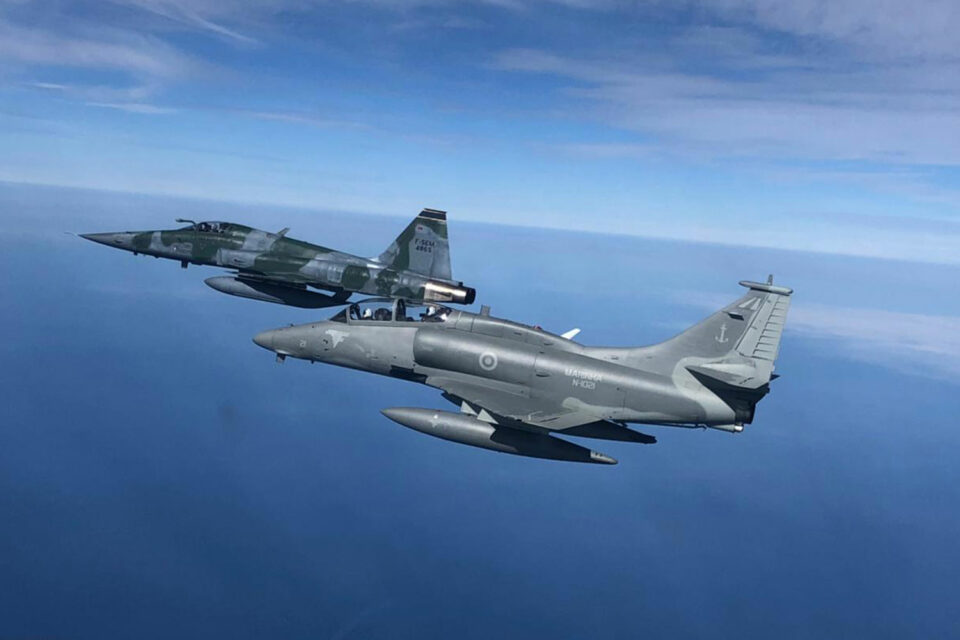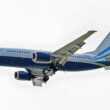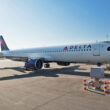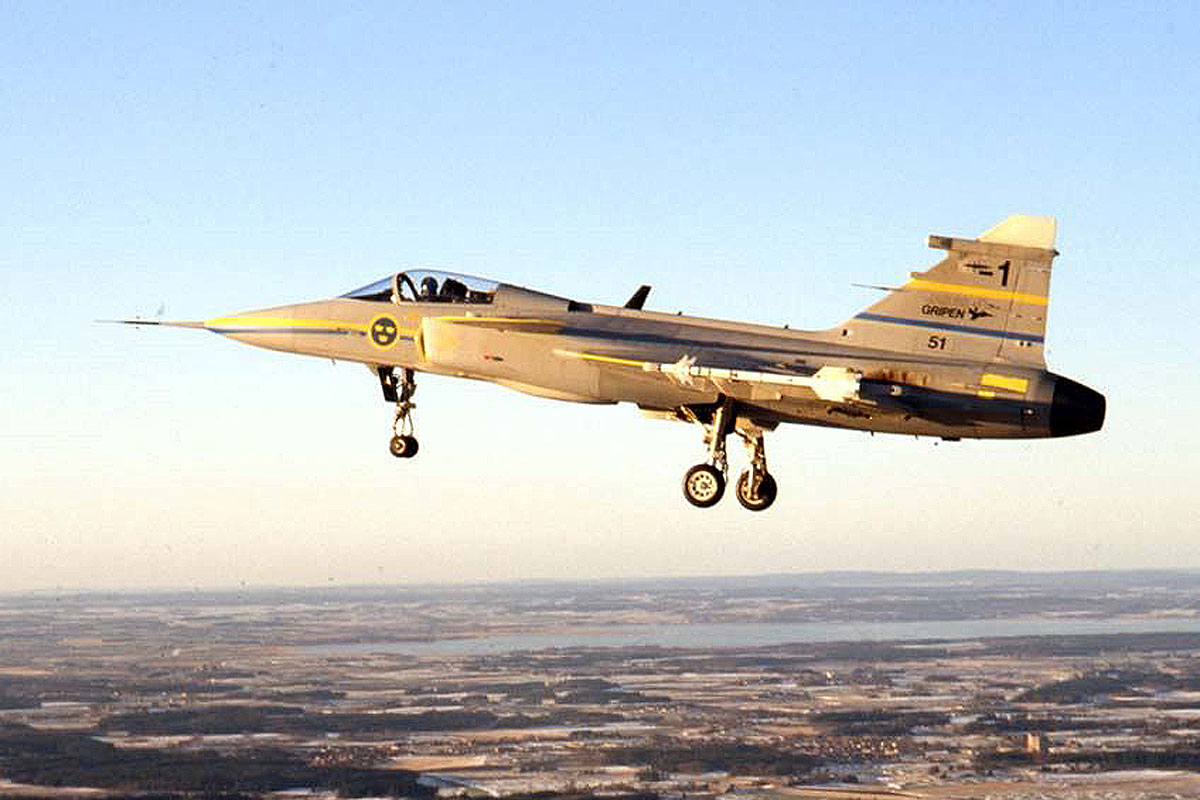The Brazilian Navy is about to take delivery of the last AF-1M fighter jet upgraded by Embraer, according to Janes. The outlet says that the process for receiving the jet was initiated by the Navy on March 7 and would be completed within four weeks. The aircraft is a one-seat model AF-1B with tail number N-1004.
The program has been running since 2009, when the Brazilian Navy and Embraer signed a $106 million agreement to modernize 12 aircraft – nine single-seat and three two-seat jets. However, the number of modernized aircraft was later reduced to seven airframes (five single-seater AF-1B and two two-seater AF-1C) – one AF-1B model was lost in an accident in 2016.
Known as AF-1 Falcão, the fighter jets are McDonnell Douglas A-4 Skyhawk that were purchased in 1997 from the Kuwaiti air force to serve aboard the aircraft carrier NAe São Paulo, deactivated in 2017. Originally, 23 aircraft were acquired.

The A-4 upgrade program includes the replacement of old navigation and communication equipment with more advanced items, in addition to structural and engine revitalization that extends the life of the fighters by approximately 10 years.
Among the equipment list of the redesigned fighter are the Israeli radar EL/M 2032, with air-to-air, air-to-sea and air-to-ground modes and the ability to track 64 maritime targets simultaneously at a distance of up to 256 km – in air-to-air mode the radar range is 128 km. The fighters upgraded by Embraer can also use more advanced missiles and “smart bombs”, according to the naval force.
The AF-1 fighter jets are operated by the 1st Squadron of Intercept and Attack Aircraft (VF-1) of the Brazilian Navy, based at the naval air base in São Pedro da Aldeia, Rio de Janeiro.
The unit, created in 1998, marked the return of fixed-wing aircraft to the Navy’s air fleet, which had been banned from operating planes since 1965 – the Navy was only authorized to carry out air operations with helicopters.
In addition to Brazil, the A-4 Skyhawk also remains in service with the Argentine air force where it is operated as a provisional fighter while the South American country does not complete the order for a supersonic aircraft.






